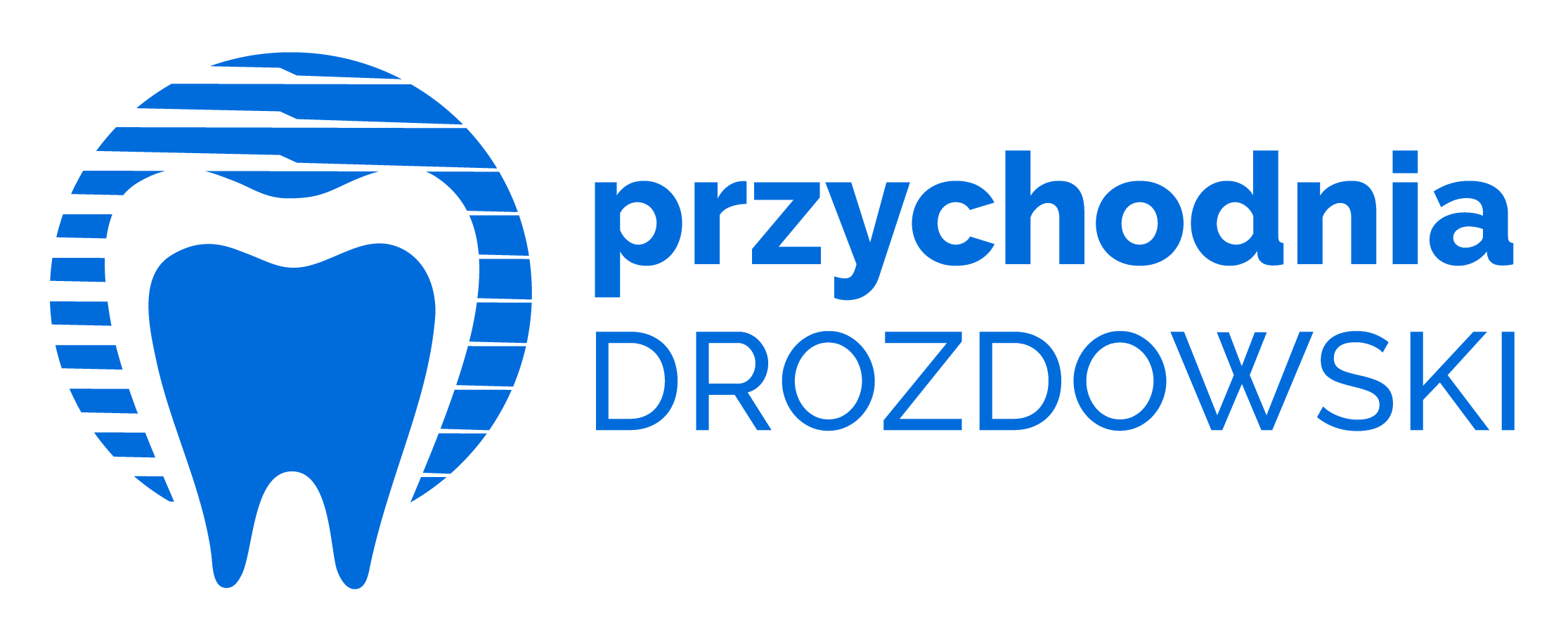Dental implantology is a dynamically developing branch of medicine. There are over 2000 different types of implantological systems in use all over the world and their amount is constantly growing. How to choose the right one for such a rich offer – ensuring efficiency, safety and at the same time reasonable price?

The advantages of Bicon implants
A very important factor when choosing a given implant system is the adequately long term presence of the system in the market. The more experience-verified solution, the greater the chance for full patient satisfaction. This is especially important when we take into account that dental implants should serve us for lifetime. Bicon implants are a system used clinically for over 30 years, while the beginnings of the idea of short implants reach back to 1968.
One of the basic advantages of Bicon implants is a significant reduction in the number of necessary treatments before implantation. The low invasiveness of the method protects the important anatomical structures of the patient, and at the same time reduces the number of treatments and limits their cost.
The assembly of the connector with the implant itself takes place by means of a 1.5 ° inclined self-locking cone, which prevents micromovements. The distance between the connector and the implant is only 0.5 micrometres, which in practice eliminates the possibility of a bacterial infection. Consistency of the connection is so large that it allows implantation from 2 to 5 millimeters below the maxillary peak (sub-resonant implantation), which in turn significantly reduces the possibility of peri-implantitis. The Bicon system also allows the possibility of free application of many prosthetic solutions, due to the fact that it is possible to position the connector in the 360 degree range.
Another important advantage of Bicon implants is their barrel shape, thanks to which the active surface capable of integrating with the bone is 30% higher compared to classical implants of similar size. This is associated with extremely rapid bone growth within Harvest Channels – at a rate of 10 to 50 microns per day. Bone formation is also stimulated by the shape of the plateau, which shortens the healing time of the jaw.
The sloping shoulder eliminates the probability of peri-implant bone loss. This provides the patient with an excellent and lasting aesthetic effect.
Another important advantage of Bicon implants is the application of an innovative solution in the form of a two-phase procedure for implant coverage. In the first phase, the implant is sand blasted with aluminum oxide (Al₂O₃), then etched with nitric acid (HNO₃) and coated with hydroxypatine (CP). This provides close to 100% osteointegration of the implant.

Characteristics of Bicon Dental Implants:
- reduction to the minimum amount of necessary pre-implantation procedures
- non-invasive method
- high biocompatibility of the implant
- resistance to bacterial infections
- significantly reduced risk of peri-implantitis
- durability and high aestheticsReferences:
https://www.ncbi.nlm.nih.gov/pmc/articles/PMC3498695/
http://www.bicon.com/videos/2016/10/introduction-to-bicon-short-implants-hd/
http://www.bicon.com/videos/

